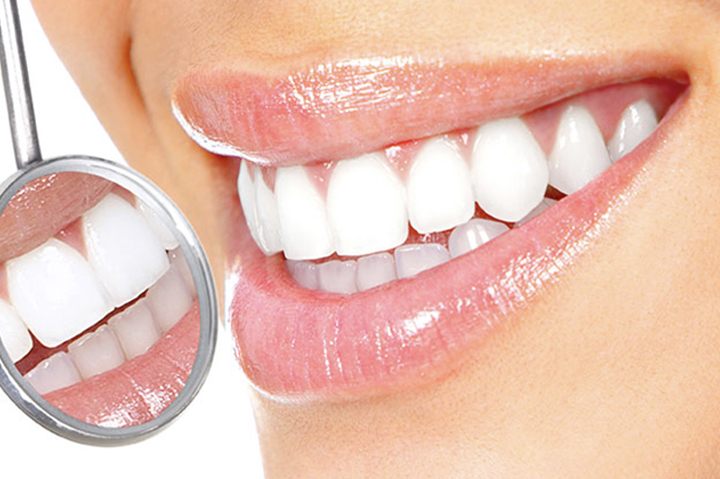
Laminate Dental Veneer
Laminate teeth, leaf teeth or porcelain veneers, as they are also known, are porcelain tooth designs that are prepared by taking special tooth measurements according to the fractures and deformations of the teeth, eliminate aesthetic appearance concerns and are bonded to the front surfaces of the front teeth. Laminate veneers are applied only to the front teeth. No abrasion is made to the teeth in the laminate tooth veneer application or it can be done at very low levels.
The most important feature of laminate veneers is that the laminate tooth veneer applied without abrading the teeth provides a perfectionist harmony. Porcelain veneers are extremely thin and do not contain metal. In addition, being a light-transmitting material is among the advantages of the application.
How is Laminate Tooth Veneer Made?
If there are unwanted color changes in the teeth, if the teeth are not suitable for whitening with whitening agents or if a change in shape is desired along with the color, laminate restorations can be applied.
Before the laminate tooth veneer application, the patient’s expectations are listened to and an intraoral measurement is taken. A model study is made with the measurement taken. The veneers made are rehearsed, and the procedure is applied after the approval of the dentist and the patient. The veneers prepared specifically for the person are bonded to the tooth with a special adhesive material.
In addition, a very small amount of dilution is made to the teeth during this process. The person can continue to use their teeth the same day after the application, and they do not experience any pain or ache during this process.
What are the Types of Laminate Teeth?
There are 2 different types of laminated teeth: composite laminate and porcelain laminate:
Composite Laminate: It is made to change the color and shape of the tooth, enlarge it or improve a problem and give the tooth an aesthetic appearance without damaging it. It can be made by the dentist on the same day, depending on the suitability of the tooth structure.
Porcelain Laminate: It is an effective and frequently preferred application in terms of repairing crookedness, discoloration, damage and discomfort in teeth. It is performed by placing it on the front surface of the teeth. Its structure is quite thin and does not cause discomfort to the teeth. It is prepared in a laboratory environment specifically for the person.
Situations Requiring Laminate Teeth
Laminate porcelain teeth, which can be applied to patients of all age groups with dental problems, are a method frequently preferred by people, especially due to problems in their dental structures. Situations requiring laminate teeth can be listed as follows:
Broken or worn teeth,
Teeth being separated and spaced,
Yellowed and darkened teeth for which whitening methods are not sufficient,
Deformities,
Elongation of teeth,
Ageing and yellowing of fillings,
Crooked and crooked teeth,
Hereditary disorders in tooth structures.
How is Laminate Dental Veneer Care Performed?
There is no special application for the care of laminate teeth. Daily routine care for normal teeth is sufficient. The normal care routine for natural teeth and laminated teeth is as follows:
Considering laminated veneers as normal teeth, teeth should be brushed at least twice a day.
It is important to use dental floss after brushing, as food residues may remain under the veneers.
Teeth with veneers should be checked by a specialist every 6 months.
If necessary, gum treatment should be received.
After laminated teeth, teeth may be sensitive to hot and cold foods or drinks for 10 to 15 days. In such cases, sensitivity-relieving toothpastes can be used. Since they do not lose any color, whitening toothpaste is not required for laminated teeth. The person can learn which type of toothpaste to use from the dentist specialist.

